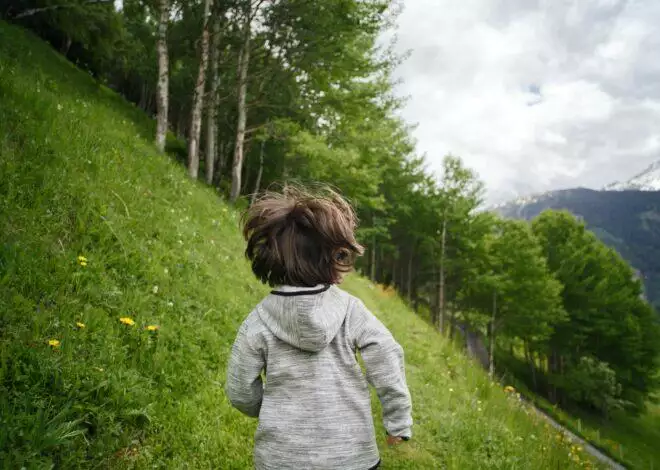Home Composting Made Easy
Two basic methods of composting exist — hot composting and cold composting. Hot composting usually involves using a composter. This expensive gardening item heats the compost to more than 100 degrees F, which kills weed seeds and pathogens, and monitors the carbon-to-nitrogen ratio of the compost pile. If you want to compost without the hassle, then use the cold composting method. Cold composting takes more time and doesn’t kill all the weeds or pathogens, but it’s an achievable composting method for almost any gardener.
Step 1
Select a location for your compost pile. You’ll want a location away from the house so that bugs from the pile do not migrate into your house. You might also want it out of sight, if possible.
Step 2
Use a large garbage can or other bin, wood or plastic, to put your debris into if you want to contain the pile. This step isn’t necessary; you can just pile the debris directly onto the ground, if that is easier for you.
Step 3
Put grass clippings, leaves, leftover food, coffee grounds and other small yard clippings into the pile. The smaller the debris is, the better. Smaller debris breaks down faster. Since cold composting does not kill weeds or pathogens, avoid putting diseased plants, weeds, or cat or dog feces into the pile. You can, however, use livestock, such as horse or cow, manure in your compost pile. Also, don’t put leftover meat into the pile; this will attract wild animals. To avoid flies, the Natural Resources Conservation Service recommends burying food in the pile, rather than placing it on top of the pile.
Step 4
Make the pile diverse. There are many formulas for creating the best compost pile, but these involve understanding the carbon and nitrogen levels of the debris you add to the pile. To keep it simple and easy, just add a variety of debris to keep the pile progressing.
Step 5
Sprinkle the pile occasionally with water. If you live in an area with dry summers, then make sure your pile is always moist — but not soaking — and sprinkle it with water as needed.
Step 6
Stir the pile with a shovel or pitchfork several times a week. This mixes air into the pile, which helps it decompose properly.




